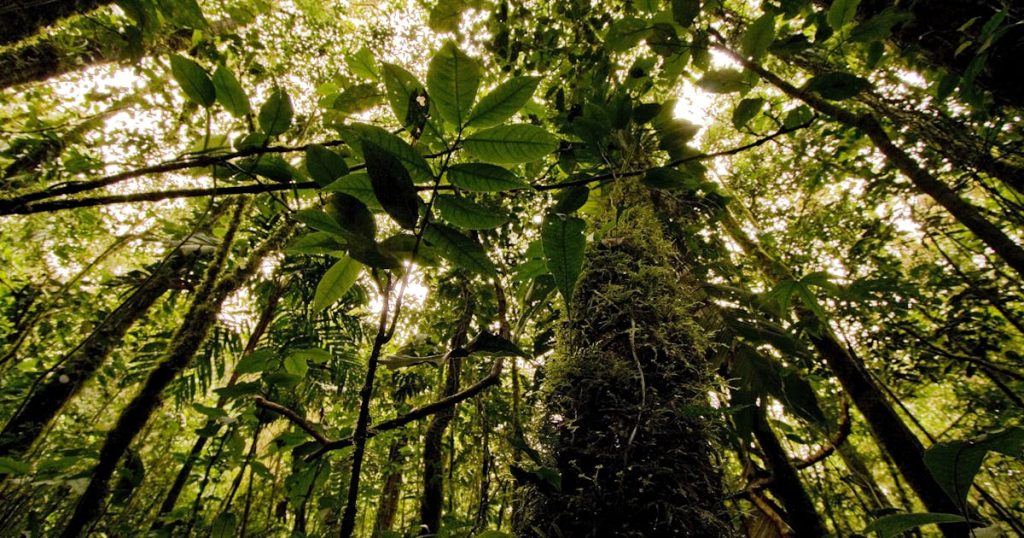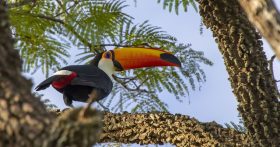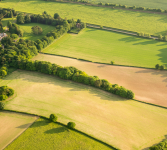Study shows where forests can best bounce back
3 min read
Forests must be restored. But how and where?
For the first time, researchers have mapped out a global area spanning nearly 2.2 million square kilometers (830,000 square miles) — an expanse roughly the size of Greenland — where tropical forests have the greatest potential to grow back on their own. If restored, these forests could sequester 23 billion metric tons of carbon over 30 years, equivalent to nearly half the world’s annual greenhouse gas emissions.
“Natural regeneration is one of our best strategies to quickly and effectively restore forests. Nature is resilient — when given the chance,” said Starry Sprenkle-Hyppolite, study co-author and Conservation International restoration scientist. “This research for the first time allows countries to pinpoint exactly where they should focus their efforts for maximum impact.”
Researchers found that forests in Brazil, Indonesia, China, Mexico and Colombia hold the most promise, accounting for more than half of the world’s natural regeneration potential.
But natural regeneration won’t work everywhere — the map is key to ensuring reforestation efforts are targeted and effective, Sprenkle-Hyppolite said. To create it, she and other researchers used a range of factors. They analyzed where natural regeneration already occurs and looked at climate and rainfall patterns, proximity to intact forests, and socioeconomic trends, including local communities’ livelihoods.
“Far and away, proximity to intact forests is the most important indicator of whether a forest will be able to grow back on its own,” Sprenkle-Hyppolite said. “Even just several hundred feet away from a forest, the likelihood of natural regrowth drops significantly.”
Tropical forests tend to grow back relatively quickly — be it from natural disasters like hurricanes or human activities like clear-cutting — they just need the right growing conditions. With plenty of seeds and sun, the edges of a forest are a prime location for regrowth.
“Inside an intact forest, there’s little sun and it’s cooler — some saplings in an intact forest could be 50 years old, waiting for their moment in the sun,” Sprenkle-Hyppolite said. “The forest edge is perfect for trees to thrive. There’s sun and shade, and some temperature regulation — optimal conditions for trees to grow.”
With minimal human help (like clearing out weeds), natural regeneration can bring big benefits.
The study’s findings are already being put into practice, Sprenkle-Hyppolite said. Conservation International is planning a pilot project to target low-productivity cattle grazing lands that overlap with areas that have high potential for natural regeneration.
This pilot is just one example of how the study’s findings can be tailored to benefit both nature and the local communities that rely on it. For reforestation efforts to succeed in the long term, it’s essential to understand landowners’ needs and the economic factors driving their decisions, Sprenkle-Hyppolite said.
“The clock is ticking to halt and reverse deforestation — and forests don’t grow back overnight,” she said. “We need cost-effective and scalable solutions like this so forests can grow and stay healthy and continue to provide the food, water and economic opportunity that humanity needs to survive.”





